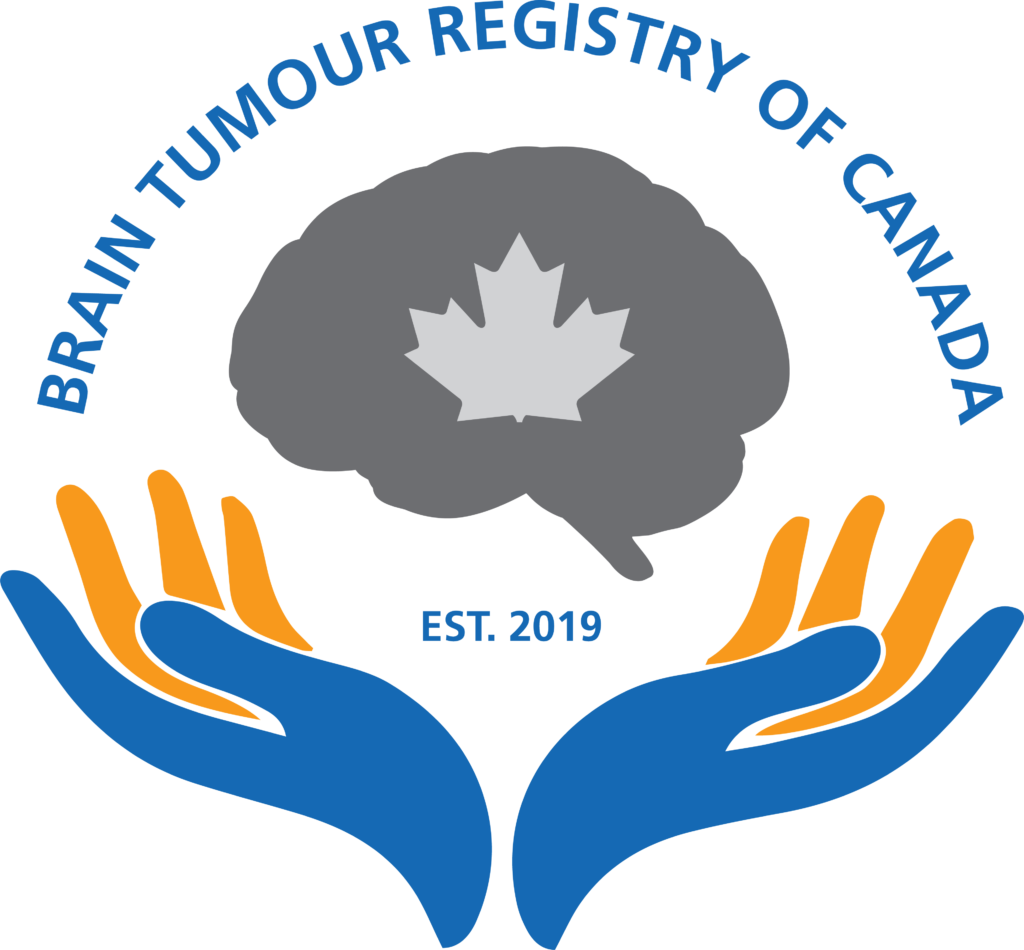
Dr. Emily Walker Q’n’A: Brain Tumour Registry of Canada Incidence and Mortality Report (2021)
Brain Tumour Foundation of Canada is proud to help fund the Brain Tumour Registry of Canada’s newest Incidence and Mortality Report, which was released in early 2021. The report is a watershed moment for the registry, as it is the first to contain pan-Canadian data on brain tumours in every province and territory (excluding Quebec).
Dr. Emily Walker (who co-authored the report along with Dr. Faith Davis and Dr. Yan Yuan) shared her insights with us through this Q’n’A.
BTFC: Previous reports focused on brain tumours by name. This new report is Central Nervous System tumours. Can you explain the difference, and does that affect statistics around brain tumours specifically?
 Dr. Walker: All reports contain data on tumours of the brain and other parts of the central nervous system. In other reports we chose to abbreviate “brain and other central nervous system tumours” to “brain tumours”. We decided a more accurate abbreviation was to refer to “central nervous system tumours” in this and all subsequent reports. There is no difference between the reports in terms of which tumour types or sites are included in the estimates.
Dr. Walker: All reports contain data on tumours of the brain and other parts of the central nervous system. In other reports we chose to abbreviate “brain and other central nervous system tumours” to “brain tumours”. We decided a more accurate abbreviation was to refer to “central nervous system tumours” in this and all subsequent reports. There is no difference between the reports in terms of which tumour types or sites are included in the estimates.
What do you feel is the biggest takeaway for the general public from this report?
We think that the biggest takeaway here, is that we now have a comprehensive summary of central nervous system tumours among Canadians. We hope that this can be a useful resource for people who are interested in learning more about the frequency of different tumours overall and by sex/age group.
What do you feel is the biggest takeaway for researchers?
The most valuable contribution to the scientific community from this report is comprehensive Canadian estimates. Historically, we have relied on estimating Canadian rates using data from the United States.
Additionally, while we are able to provide the most comprehensive Canadian estimates to date, more work is needed to improve the quality of the underlying data. We think that this report nicely highlights what we know and what we still have to do on that front, which will hopefully encourage others in the field to participate in research aiming to address the limitations of the data.
Was there anything that surprised you about the data, now that the reporting area covers most of the country?
No, the results were consistent with our expectations based on our previous work and our understanding of the data sources. And I should add that not having surprises is a positive thing in this context.
What do you feel are the biggest opportunities for research that can come from this data?
Planning research on central nervous system tumours relies on accurate information on the number of patients with those tumours already and the expected frequency of the tumours over time. Given how rare these tumours are and the size of the Canadian population, lack of data on how many patients there are overall and in different geographic regions really limited the amount of research being done in Canada. Now that researchers can more accurately plan studies based on accurate information on the expected rates of these tumours, we hope to so an increase in the amount of research being conducted in the Canadian context.
Incidences of brain tumours higher in some areas of the country than others. Are there any studies in the works to determine why this is the case?
There are two crucial things to consider when evaluating the data across provinces and territories at this point in time. First, the completeness of data on non-malignant tumours varies across provinces, with the closest to expected rates in Ontario. This means that the overall rate of CNS tumours is highest in Ontario, which is driven by the non-malignant tumour rate in that province relative to others. At this point in time, we interpret this as meaning that the remaining provinces and territories still have work to do to increase their capture of non-malignant tumours. We do not interpret this as evidence of a true higher rate of non-malignant tumours in Ontario. Looking at malignant tumours, there is not a substantial difference across the provinces and so we cannot rule out random variation at this point in time. The rate of malignant tumours is lower in the Territories, however, which brings me to the second important consideration, which is that the methods that we use to adjust for things like age are sensitive to the underlying population size. So again, we cannot rule out this difference being an artifact of our inability to adequately control for factors like age, because of the small population size in the Territories.
To sum up, we do not think that the data in the current report provides strong evidence of variation in tumour rates across provinces and territories. Our interpretation of these results is that they reflect the data quality issues that we are working to address, specifically in reference to non-malignant tumours. However, other researchers may use these results as a rationale for further exploring the potential for true differences in the frequency of CNS tumours across provinces and territories.
Read the latest report at www.braintumourregistry.ca.